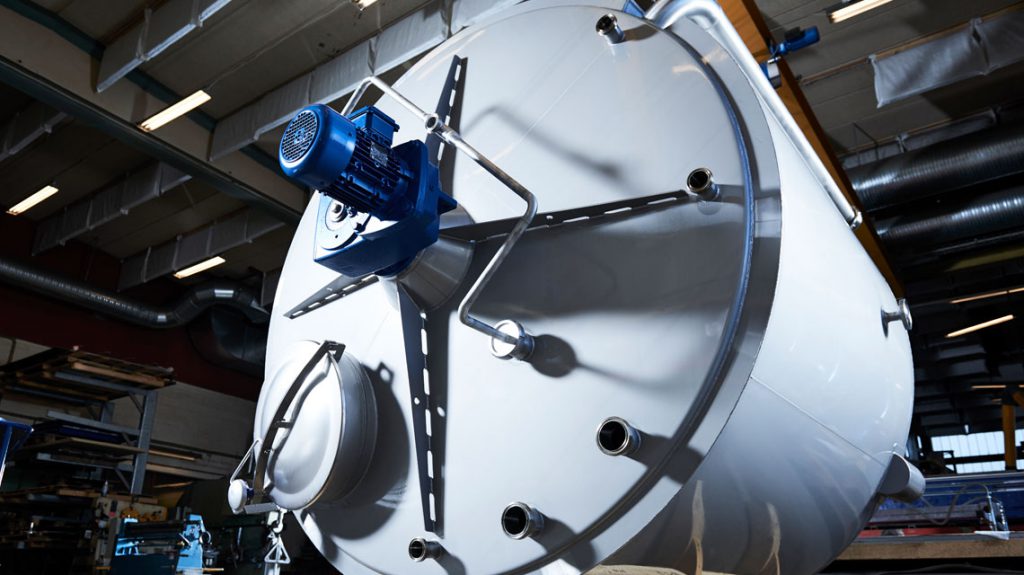Requirements for hygienic tanks

Stainless steel is essentially a very hygienic material that has numerous positive qualities. For example, it is an ideal material to use in the production of foodstuffs and pharmaceuticals, where hygiene requirements are very strict.
The reason why stainless steel does not rust in the same way as ordinary iron is primarily due to the combination of iron, chromium, nickel and molybdenum. When these ingredients are mixed in the right proportion, a surface is created that reacts with oxygen and leaves a very, very thin and impermeable film of chromium oxide on the surface. This protects against the oxidation that would otherwise lead to rust.
This surface also means that stainless steel typically does not release substances into the materials it comes into contact with, providing a distinct advantage when working with products that have high demands for hygiene.
Stainless steel tanks can be produced in many different qualities, and not all meet the most stringent hygienic requirements. Sulfur, acid and seawater are a few substances that can compromise the stainless steel’s thin surface, allowing it to rust nevertheless.
Therefore, the requirements for the stainless steel’s composition and whether it needs to be hygienic, have implications on the production and post-processing of your stainless steel tank.
Documentation is a necessity
If the stainless steel tank unit or the process plant you need is to live up to the strict requirements for the production of food, drinking water or pharmaceutical products, it’s not enough that the end product appears to meet all requirements. You also need extensive documentation for all parts of the production – from the composition and the purity of the steel to the welding and final surface treatment.
Documentation is your guarantee of traceability and quality, both for your customers and the authorities.
LP Kolding works according to the PED standard, which meets the most stringent requirements of both the Danish authorities and EU guidelines.
